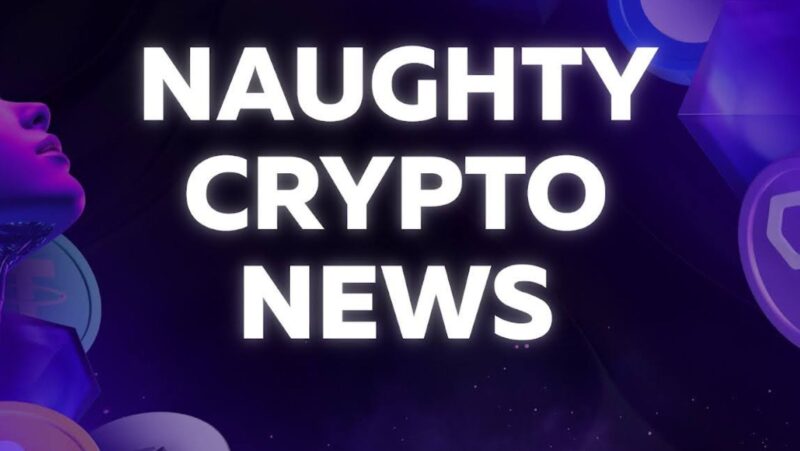
Blockchain networks like Bitcoin can provide two of three benefits: scalability and decentralization. The problem, a demanding challenge to solve, has led to exciting innovations in the cryptocurrency industry, such as scaling solutions that increase efficiency and output while minimizing the impact on current operations. Bitcoin runs on a blockchain that places emphasis on decentralization and security but presents complications for scalability. The Lightning Network speeds up transactions while reducing costs by enabling the creation of a peer-to-peer payment channel between two parties so they can send/receive an unlimited number of transactions.
If you wish to conduct transactions using the Lightning Network, learn how to purchase Bitcoin and get a compatible wallet, like the Wallet of Satoshi, Brez, Phoenix, or Blink. Bitcoin’s Lightning Network is hailed as the solution for transforming the cryptocurrency into a genuine medium of exchange, but it’s not without shortcomings, depending heavily on off-chain transactions that can be exploited for fraudulent purposes. If someone wants to make a payment that goes beyond the channel balance, they must find a well-funded node with a direct channel to the recipient, which can be challenging and time-consuming.
More often than not, Bitcoin’s secondary layers are overlooked, regardless of their potential to increase the functionality of the blockchain. Layer-2s can manage smart contracts, capitalize on cryptographic techniques for an additional layer of confidentiality, and manage digital identities connected to the blockchain.
The Most Prominent Layer-2 Projects on Bitcoin to Know About In 2024
Layer-2 solutions are secondary frameworks built on top of a Layer-1 blockchain, like Bitcoin, to increase scalability and transaction speed, therefore solving the trilemma of scalability, security, and decentralization. Transactions occur outside the mainnet, which minimizes the chances of causing major disruptions and ensures a smooth interaction between different chains. Several scaling solutions have emerged to address Bitcoin’s scalability issues, including:
Stacks
Stacks, originally known as Blockstack, is an open-source blockchain network with smart contract functionality, which means it can be used for dApps and NFTs. Much like the Lightning Network, Stacks operates as a layer for Bitcoin to support strong privacy, ensure the integrity and security of the network, and prevent data breaches. It uses a consensus mechanism called Proof of Transfer, basically an extension of the Proof of Burn mechanism, to create new blocks – miners don’t need specialized hardware, just BTC.

Stacks leverage microblocks for independent validation, so transactions are as secure and irreversible as those on the Bitcoin blockchain, which is the ultimate source of truth. Microblocks decrease the latency of interacting with the blockchain regarding processing transactions, whether it’s token transfers, browser-based wallet interactions, or transaction signing. The data not stored on the Stacks blockchain is stored using the Gaia storage system, which focuses mainly on user ownership of data, not immutable on-chain storage. It relies on cloud storage providers like Azure or Dropbox, so users can use their favorite solution.
The Rootstock Infrastructure Framework (RIF)
The Rootstock Infrastructure Framework is a set of protocols, rules, and interfaces that streamline the development of dApps within a unified environment. Financial institutions and developers can capitalize on the native token, RIF, to create alternatives to traditional banking and move money around the globe seamlessly, enjoying the advantages of DeFi without struggling with the complexity of cryptocurrency. The RIF Wallet offers various functionalities that allow cryptocurrency lending, saving, and paying services that can be integrated into existing products.
The Liquid Network
The Liquid Network enables digital assets (stablecoins, security tokens, and other financial instruments) to be settled and issued on the Bitcoin blockchain, operating as a sidechain through a two-way bridge. Users can run fast, confidential transactions while still being able to verify key consensus rules, like ensuring asset supplies aren’t artificially inflated. When Bitcoin is pegged into Liquid, it’s referred to as Liquid Bitcoin (L-BTC) and facilitates inter blockchain transactions with other assets issued on the Liquid Network.
Using a consensus algorithm similar to Proof of Work, the Liquid Federation, which comprises cryptocurrency businesses like exchanges, trading desks, and game developers, oversees transaction validation and the functioning of the two-way peg facility. The number of Liquid functionaries, the specialized servers that sit at the center of the network, can’t exceed 15 due to technical limitations. As the Liquid Network continues to foster integration, the future of finance will rest on the give and take between legacy and digital economies.
The Merlin Chain
The Merlin Chain is a native EVM-compatible layer-2 blockchain that integrates ZK rollups, independent oracle node operators, data availability, and on-chain BTC fraud-proof modules. It’s native, which basically means that users can access the Merlin Chain through their Bitcoin Connect wallet and unlock powerful features. The testnet was launched in early 2024, and the main net is expected to come soon, attracting dApps across DeFi gaming, social, and infrastructure.

The platform’s native token, MERL, uses the BRC-20 token standard, which illustrates the Merlin Chain’s commitment to Bitcoin-native innovations.
Dovi
And finally, there’s Dovi, which boosts Bitcoin’s security with decentralized multi-signature transactions. It operates as a smart contract platform, accelerating transaction processing times and offering significantly lower processing fees. By integrating Schnorr signatures, Dovi enables faster verification times and enhanced resistance against certain kinds of attacks by quantum computers. The platform supports ARC-20 tokens, the experimental token standard for Colored Coins, simplifying the intricate process of transfer. With the continuous advancement of blockchain technology, the Dovi protocol is sure to play an increasingly important role in the future.
Concluding Thoughts
The Lightning Network doesn’t solve Bitcoin’s transaction fee problem, and since the parties involved in the transaction must be online and use their private keys to sign in, the nodes are in danger of being compromised. Let’s not forget that BTC’s popularity with traders and investors increases its volatility, which can be an issue when making large-volume payments. Alternative scaling solutions like the ones discussed above reduce the strain on the primary layer regarding microtransactions and point-of-sale transactions and expand Bitcoin’s use cases, which can take advantage of new Web3 technologies.
It’s not to say the Lightning Network is a failure, but it’s certainly not the perfect solution.











